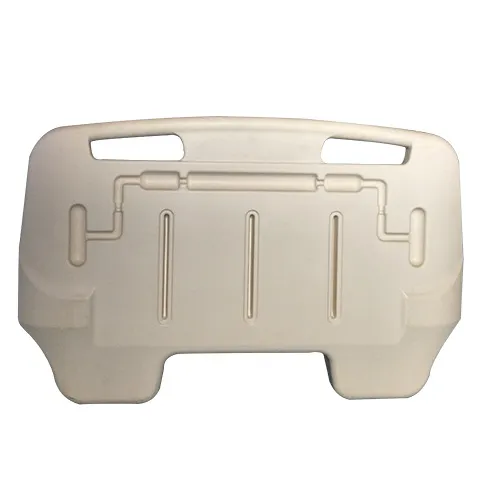Welcome to our websites!
different types of rollators
Understanding Different Types of Rollators
Rollators are versatile mobility aids designed to assist individuals who have difficulty walking, providing them with stability and support. They are particularly beneficial for the elderly and those recovering from injuries or surgeries. With various types of rollators available, it’s essential to understand their features and benefits to choose the right one. Below, we will explore several types of rollators, discussing their unique characteristics and suitable user scenarios.
Standard Rollators
Standard rollators are the most common type of mobility aid. They typically feature a sturdy frame, four wheels, and handlebars for support. These rollators are ideal for indoor and outdoor use, offering a balance of stability and maneuverability. A key feature of standard rollators is the built-in seat, allowing users to take breaks whenever needed. Most standard rollators also come with a storage pouch or basket for carrying personal items, making them practical for everyday use.
Lightweight Rollators
Lightweight rollators are designed for those who require a portable and easy-to-maneuver mobility aid. Weighing significantly less than standard rollators, these models are perfect for individuals who travel frequently or need to navigate tight spaces, such as narrow hallways or crowded areas. Lightweight rollators often have similar features to standard rollators, including a seat and storage options. Their ease of transport makes them an excellent choice for users who may need to lift or carry their rollator frequently.
Heavy-Duty Rollators
For individuals who require greater weight capacity and durability, heavy-duty rollators are the ideal choice. These rollators are built with reinforced frames and can support more significant weight, often up to 400 pounds or more. Heavy-duty rollators tend to have wider seats and larger wheels, providing added stability and comfort for larger users. Although they may be bulkier than standard models, they offer essential support for individuals with mobility challenges.
Three-Wheel Rollators
different types of rollators

Three-wheel rollators provide a more compact and lightweight alternative for those who need assistance but prefer a more agile design. With only three wheels, these rollators are easier to maneuver, especially in tight spaces. They are often lighter than their four-wheeled counterparts, making them an excellent choice for users who require a more portable option. While three-wheel rollators should be used with caution, as they may not provide the same level of stability, they can be ideal for individuals who have a fair amount of mobility but need occasional support.
Indoor Rollators
Indoor rollators are specifically designed for use within the home. They have smaller wheels and a more compact design, allowing users to navigate through doorways and around furniture effortlessly. Indoor rollators may also feature ergonomic handles for better grip and comfort while walking. While their primary focus is on indoor use, many indoor models can also be used outside on smooth paths. They are an excellent choice for people who primarily require assistance while at home.
Rollators with Seats
Many rollators come equipped with built-in seats, offering users the ability to rest whenever needed. These rollators can be particularly beneficial for those who may need to take frequent breaks during activities. Seats can vary in comfort level and size, so it's essential to choose a model with a seat that matches the user's needs. The availability of a seat turns rollators into practical companions during trips, shopping, or outings, enhancing overall mobility and comfort.
Choosing the Right Rollator
When selecting a rollator, it's essential to consider the user's specific needs and living environment. Factors such as weight capacity, desired features (like a seat or storage), and intended use (indoor vs. outdoor) should be carefully evaluated. It can also be helpful to consult with a healthcare professional or physical therapist for personalized recommendations based on the user’s health status and mobility requirements.
In conclusion, rollators serve as invaluable tools for individuals with varying mobility needs. By understanding the different types of rollators available, users can make informed decisions to enhance their independence and quality of life. Whether opting for a standard model or a lightweight option, the right rollator can make a significant difference in daily mobility and comfort.
-
Transforming Healthcare with Hospital FurnitureNewsJun.24,2025
-
Rehabilitation EquipmentNewsJun.24,2025
-
Mobility and Independence with WheelchairsNewsJun.24,2025
-
Freedom of Mobility with Our Rollator WalkersNewsJun.24,2025
-
Comfort and Independence with Commode ChairsNewsJun.24,2025
-
Bathing Safety and Independence with Shower ChairsNewsJun.24,2025
-
Navigating the Wholesale Landscape of Electric Mobility Solutions: Key Considerations for Power Wheelchair DealersNewsJun.10,2025











